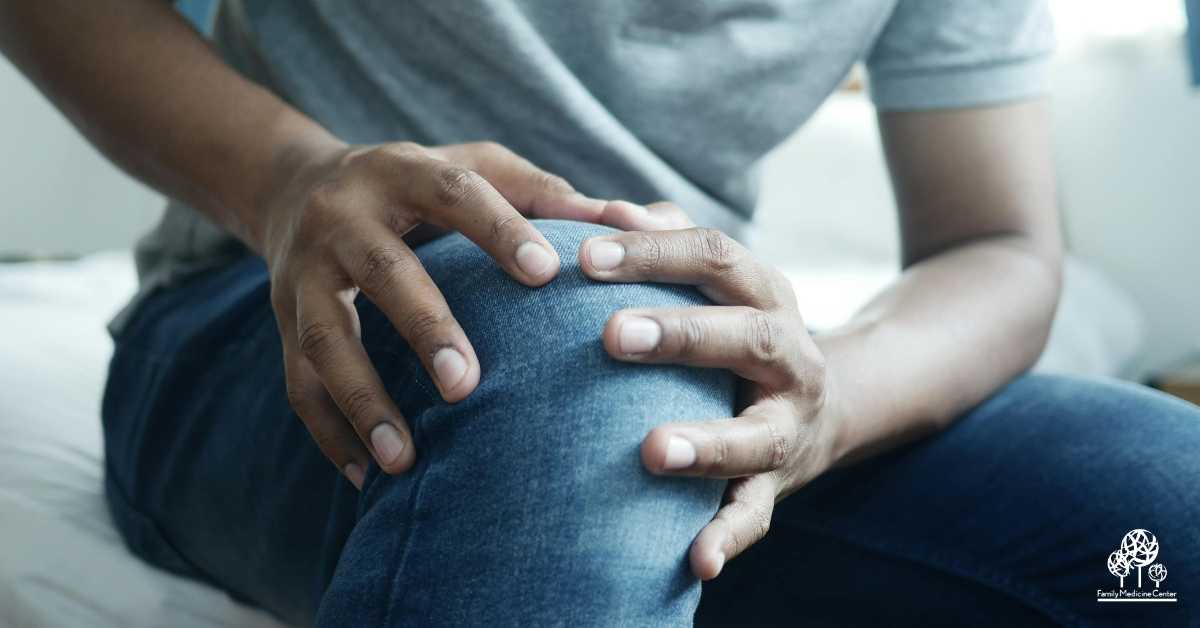Struggling with knee pain, arthritis, or tendon injuries? Platelet-Rich Plasma (PRP) therapy may help reduce pain and speed up healing — without going under the knife.
Chronic joint pain doesn’t always mean you need surgery. For many patients dealing with knee injuries, arthritis, or tendon damage, there’s a less invasive option gaining attention: Platelet-Rich Plasma (PRP) Therapy.
PRP is a cutting-edge, natural treatment that uses your body’s own healing power to reduce inflammation, repair soft tissue, and restore movement. It’s especially useful for people who want to avoid surgery or simply aren’t ready for it yet.
Here’s what you should know about PRP and whether it might be right for your recovery journey.
🩸 What Is PRP Therapy?
PRP stands for Platelet-Rich Plasma. It’s made by drawing a small amount of your blood, spinning it in a centrifuge to concentrate the platelets, and then injecting that powerful solution directly into the injured area.
👀 What to expect: A simple, in-office procedure that takes about an hour, with minimal downtime and no incisions.
💡 Pro tip: Because PRP is made from your own blood, there’s very little risk of allergic reaction or rejection.
🦵 What Conditions Can PRP Help Treat?
PRP is often used for:
- Knee osteoarthritis
- Shoulder injuries
- Tennis elbow
- Tendonitis
- Ligament sprains
- Chronic muscle pain
💬 Sound familiar? You’ve tried physical therapy, over-the-counter meds, or steroid shots but nothing seems to last.
💡 Pro tip: PRP may not be a cure, but it can significantly reduce pain and inflammation especially when combined with movement and lifestyle changes.
⏳ What Results Can You Expect?
Results vary, but many patients begin to feel relief within a few weeks. The real benefit is long-term healing: PRP encourages tissue regeneration, not just symptom masking.
👀 What to watch for: Gradual improvements in range of motion, stiffness, and pain levels especially after the first month.
💡 Pro tip: PRP is most effective when done early in the injury or degenerative process. Don’t wait until the damage is severe.
🛌 Recovery Is Minimal—but Lifestyle Still Matters
Most people return to normal activities within a day or two, with improvements continuing over several weeks. But your recovery also depends on rest, rehab, and avoiding high-impact strain.
💡 Pro tip: Follow your provider’s post-injection instructions closely. Gentle movement and hydration can speed healing.
⚖️ Is PRP Right for You?
Not everyone is a candidate for PRP. It works best for mild to moderate joint or soft tissue injuries — and for patients looking to delay or avoid surgery.
💡 Pro tip: A consultation with a trained provider can help determine whether PRP or another treatment is the best path forward.
Your Body Wants to Heal — PRP Can Help It Get There
Living with pain shouldn’t be your normal. PRP Therapy is a safe, natural option for those looking to reduce pain, restore function, and avoid surgery.
We offer personalized treatment plans that include PRP injections, movement therapy, and long-term joint health support.
📞 Call (242) 702-9310 to schedule your PRP consultation with our Family & Sport Medicine Physician Dr. Meredith Turner.
📅 Book your appointment today and learn if this natural healing approach is right for your pain and your goals.

